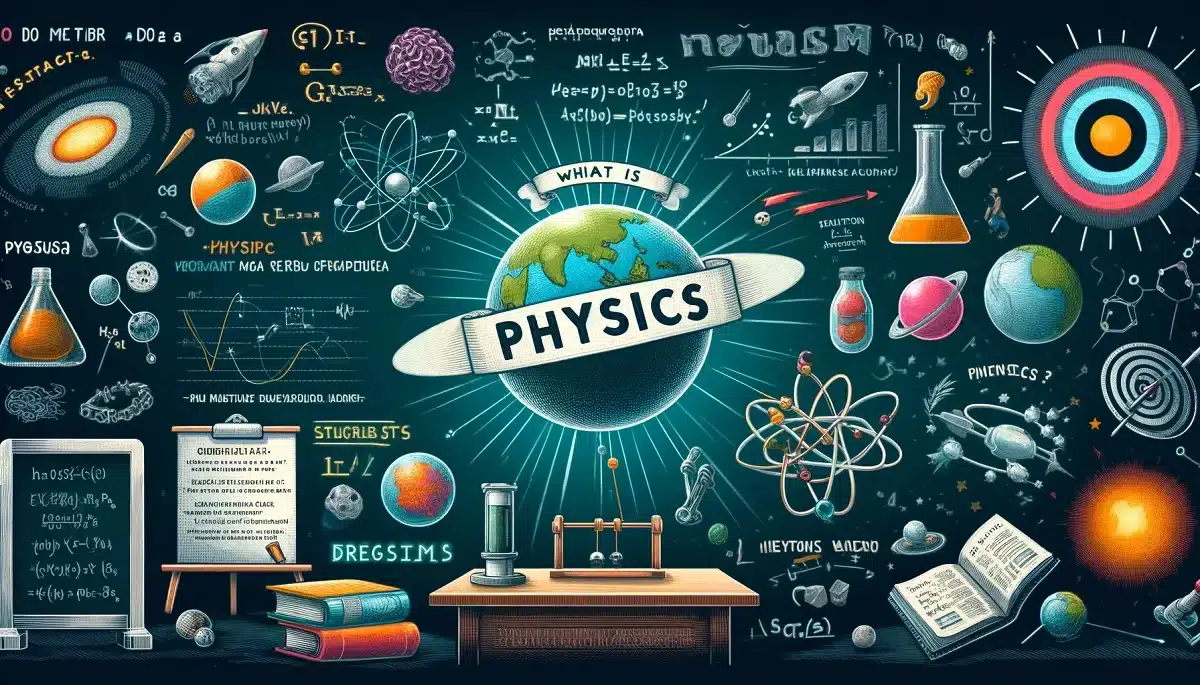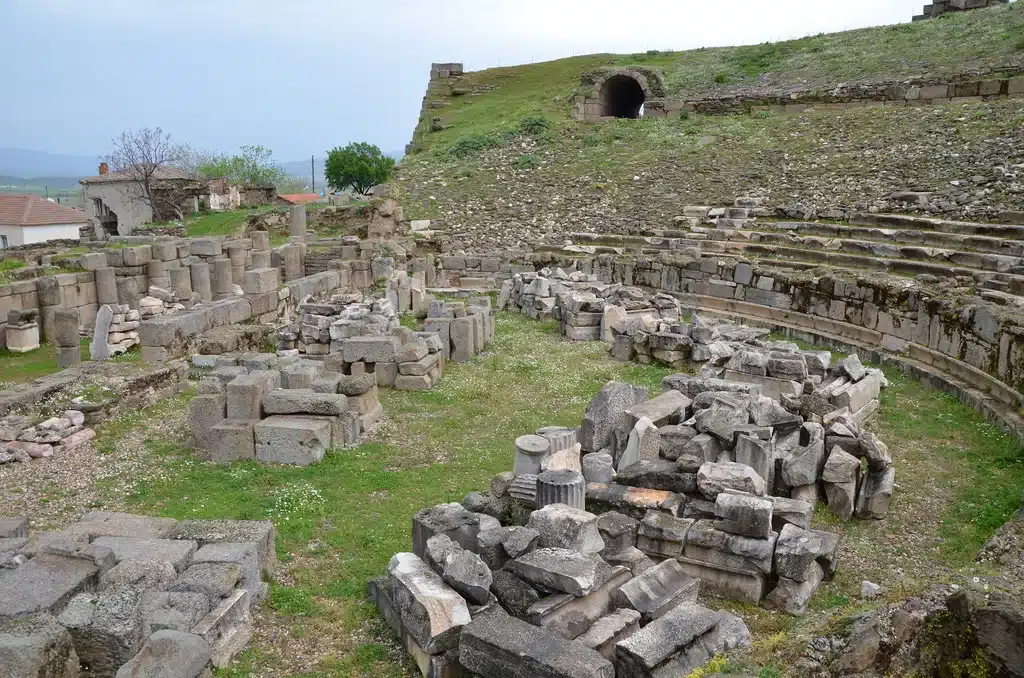Joseph Haydn: Revolutionary Composer of the Classical Era
Joseph Haydn is an Austrian composer who lived between the 18th and 19th centuries and is considered one of the most important figures of the classical music era. Haydn is known for his contributions to the development of the symphony and string quartet genres, and is remembered with titles such as “Father of the Symphony” and “Father of the String Quartet”. Haydn’s music is known for its elegance, subtlety and structural perfection and forms one of the cornerstones of the music of the classical period.
Life and Education
Joseph Haydn was born in Rohrau, Austria, in 1732. Haydn, who was noticed at an early age as having a musical talent, received a comprehensive musical education in Vienna. He developed his interest and talent in music by singing in church choirs and playing various instruments at a young age.
Major Works of Joseph Haydn
Joseph Haydn is considered one of the most prolific composers of classical music and left hundreds of works. Here are some of Haydn’s most important works and their features:
- Oratorio “The Creation” (Die Schöpfung, Hob. XXI:2):
- Haydn’s most famous oratorio, “Creation”, was inspired by the Bible’s Book of Genesis.
- This work was composed in the last periods of Haydn’s life and is a great work that reflects the composer’s admiration for nature and God.
- The oratorio attracts attention with its dramatic expression, strong choruses and impressive orchestration.
- Senfoni No. 94 “Sürpriz” (Symphony No. 94 in G Major “Surprise”, Hob. I:94):
- This symphony is among Haydn’s “London Symphonies” and is especially famous for a sudden and powerful forte strike in the second movement.
- The nickname “Surprise” comes from this unexpected beat designed to surprise listeners.
- The work reflects Haydn’s sense of humor and playful nature.
- String Quartet Op. 76 (String Quartets, Op. 76):
- This series includes six of Haydn’s masterpieces in the field of string quartet and is the product of the composer’s mature period.
- String quartets stand out with their rich harmonic structures, melodic inventions and formal innovations.
- Kiss. 76 No. 3 The quartet known as “Emperor” contains the melody of the Austrian Imperial March and is therefore so named.
- Piano Sonatas:
- Haydn composed more than 50 sonatas for piano literature.
- These sonatas are frequently played and taught by both amateur and professional pianists.
- The works played an important role in the development of the classical sonata form and are known for their clever structure.
- Senfoni No. 104 “Londra” (Symphony No. 104 in D Major “London”, Hob. I:104):
- This work, Haydn’s last symphony, is the most well-known of the “London Symphonies”.
- It attracts attention with its strong themes, sophisticated orchestration and dramatic structure.
- The work reveals Haydn’s mastery in orchestral music.
- “Mezarlarda” Kuarteti (String Quartet in D Minor “Fifths”, Op. 76, No. 2, Hob. III:76):
- This string quartet earned the nickname “In the Tombs” due to its use of fifth intervals.
- The work stands out with its remarkable melody and rhythmic structures.
- It is an important quartet that demonstrates Haydn’s emotional depth and compositional skill.
These works by Joseph Haydn hold a central place in the classical music repertoire and demonstrate the composer’s creativity, innovation and musical genius.
Legacy
He is considered one of the “Big Three” composers of the classical period, along with Joseph Haydn, Wolfgang Amadeus Mozart and Ludwig van Beethoven. Haydn’s music was a major influence, especially on later Beethoven and other Romantic composers.
Haydn’s works are distinguished by the richness of musical expression, formal innovations and melodic beauty. His music offers one of the highest expressions of the aesthetics of the classical period and is still frequently performed in concert halls around the world.
Haydn died in Vienna in 1809, but his music continues to keep his artistic vision and classical music tradition alive. Joseph Haydn left a permanent mark on the universal language of music and was immortalized with his contributions to the development of classical music.





